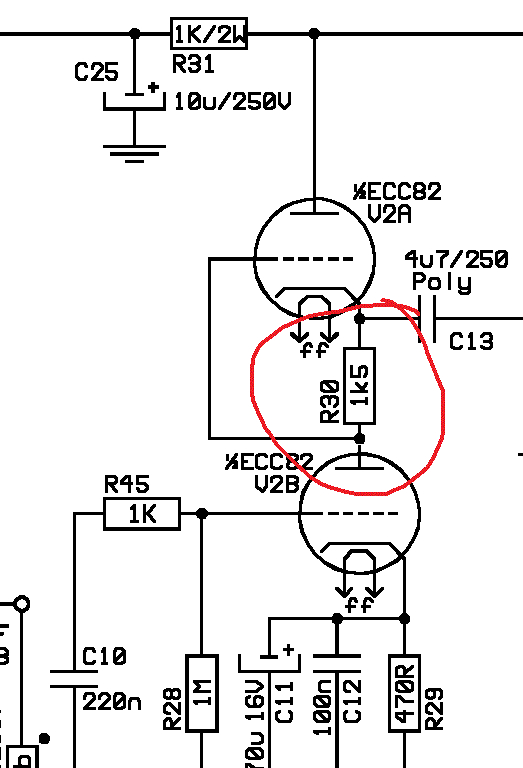gemini86
Well-known member
Very very cool, kvothe!
bruce0, I'm wondering if there's any benefit in trying to measure distortion (due to RF noise clipping at high gain) in a shielded VS unshielded DC converter. That would be the only audible symptom of converter switching interference on the input transformer.
bruce0, I'm wondering if there's any benefit in trying to measure distortion (due to RF noise clipping at high gain) in a shielded VS unshielded DC converter. That would be the only audible symptom of converter switching interference on the input transformer.


































